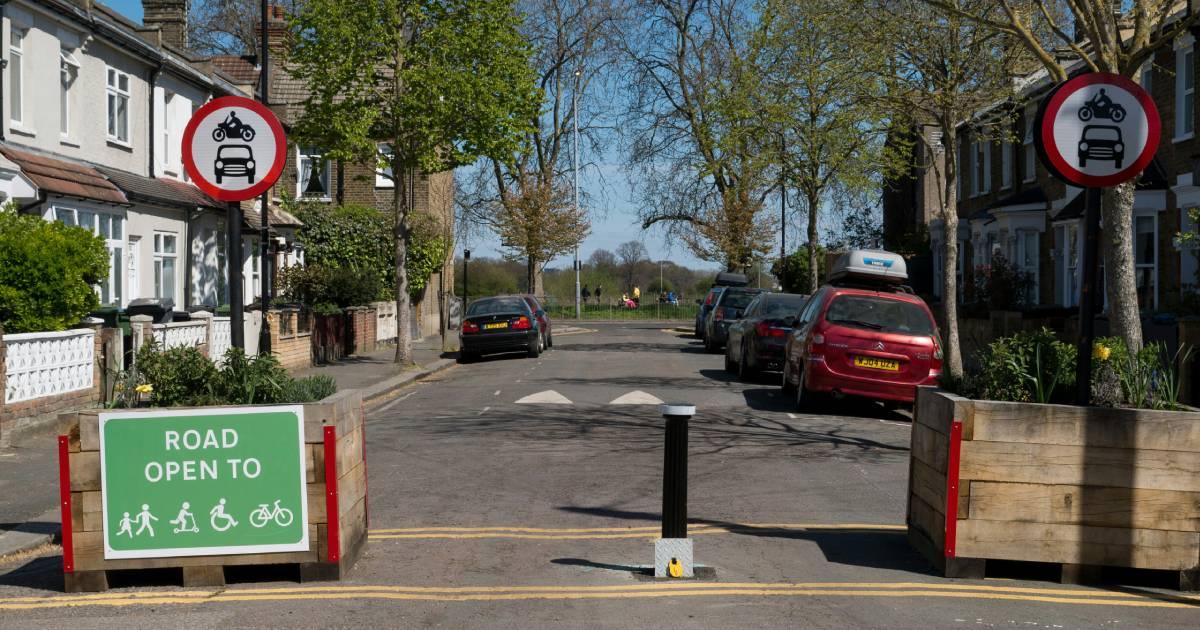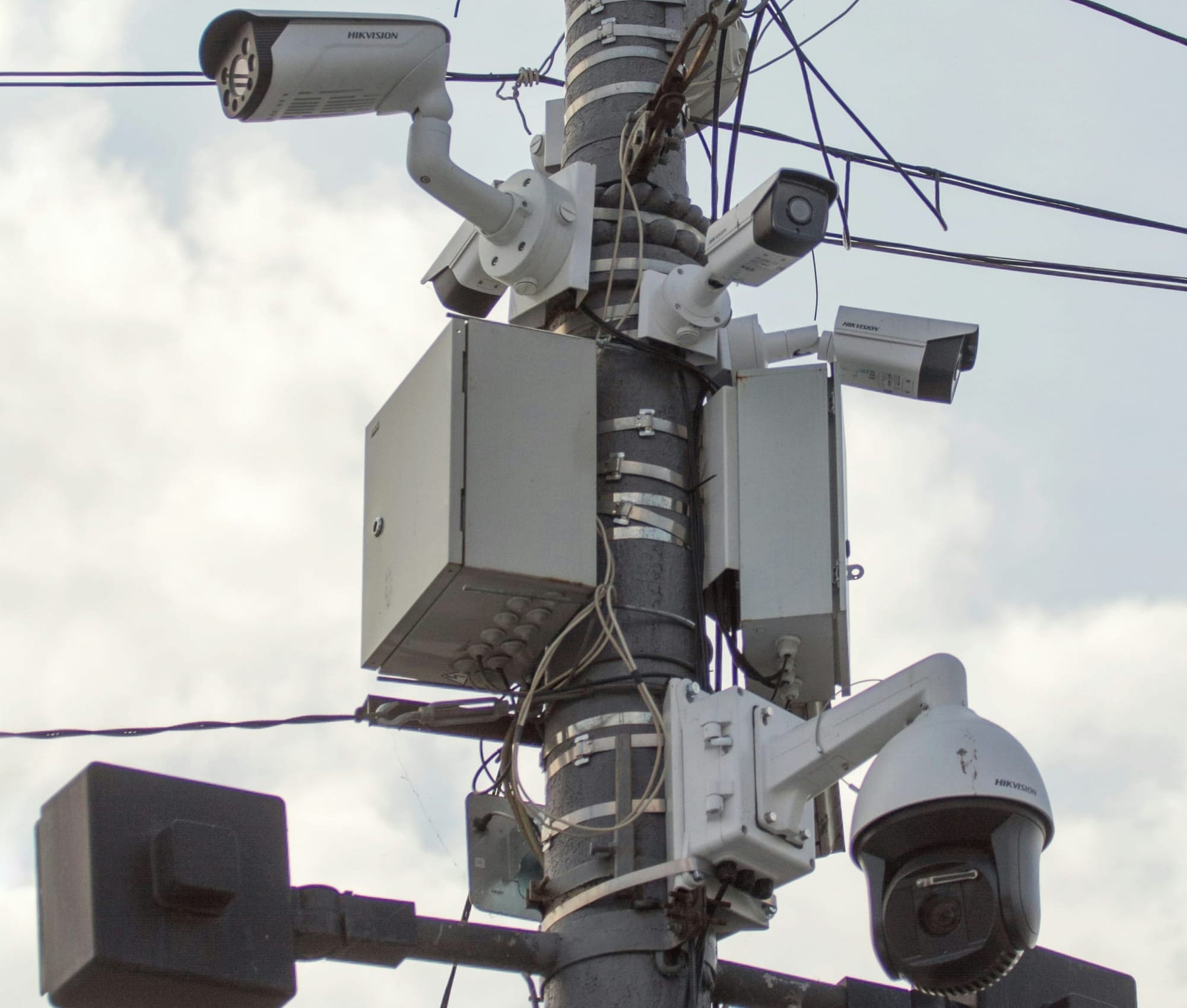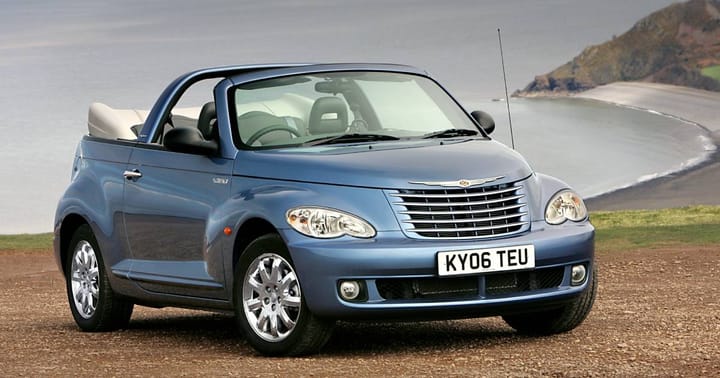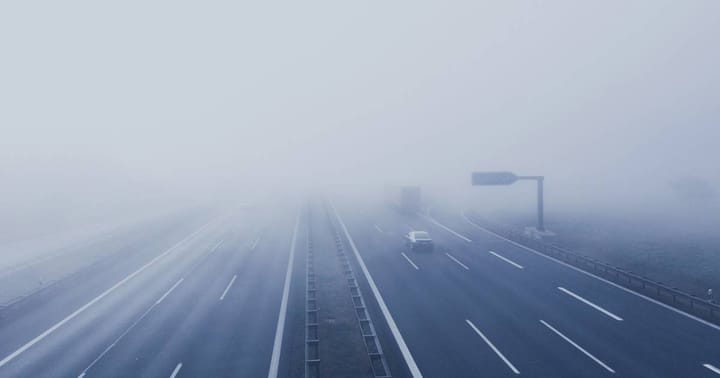What are low traffic neighbourhoods and why do they exist?
Low traffic neighbourhoods see residential roads closed to traffic in the hopes that people will seek alternative means of transport to cars; they are not always successful

A low traffic neighbourhood (LTN) seems like a wonderful idea: the theory behind these schemes is that if you close minor residential roads to traffic, drivers will be forced to use major, arterial routes, reducing or almost eliminating traffic on smaller roads, thereby rendering them less busy, more pleasant, and with reduced levels of pollution.
Anyone who has ever lived on or close to a busy road will attest to the nuisance implicit in traffic noise and pollution, while house prices speak to the fact that quieter roads are more desirable; ergo if one can make a busy road more tranquil, life will be better for residents on that road.
LTNs have existed in various shapes and forms for many years, but coronavirus lockdowns saw myriad new schemes launched, as councils were given over £200 million by central government in an attempt to get people off public transport (thereby reducing viral transmission), and onto pavements and bicycles.
Low traffic neighbourhoods promised to reduce private vehicle use and increase walking and cycling, while also potentially offering the by-product of fresh revenue for authorities by way of the penalties that can be issued to those who breach LTN rules.
What are low traffic neighbourhoods?
There are a number of different types of LTN, but a typical scheme involves closing a residential street to all vehicles aside from residents’ cars.
This is often achieved via signs barring entry for all vehicles, with automatic number plate recognition (ANPR) cameras scanning vehicle registrations, and penalties of £130 or so arriving in the post for those who enter the road when they ought not to; residents’ number plates are typically logged on a digital register to allow them to use the road without being fined.

LTNs may also see roads closed with physical barriers such as bollards or ‘planters’ – boxes filled with earth and flora - though over time the latter often give was to weeds and litter. When physical barriers are used one end of a road is typically left open, effectively making the road a cul de sac.
LTNs may operate during various times of the day – EG peak traffic hours – or they may allow buses and taxis to use them, but not private vehicles.
What are the pros of LTNs?
If you live on a road that has been converted into an LTN you may find your street far more pleasant. This may increase the value of your house, while also making cycling and walking more enjoyable in your immediate vicinity.
What are the cons of LTNs?
Shutting roads to improve traffic is comparable to partially closing a plughole in the hopes of making a bath drain more quickly.
Proponents of LTNs believe and proclaim that traffic will ‘evaporate’ as drivers, when faced with closed roads, will leave their cars at home and opt to use their feet, bicycles, or public transport.
The reality is often very different, as while the roads that get closed by LTN schemes may not be major arterial routes, they tend to be useful thoroughfares nonetheless, relieving pressure on other roads, while providing the most direct route between various locations.
Close such roads sees the traffic that would have used them forced onto the more major roads, which, with traffic levels in the UK having increased by around a third since 1993, were hardly quiet to begin with.
Furthermore, cars are popular for a reason: while urban cycling and walking are appealing prospects in the summer months, most feel the opposite is true in the depths of winter; or if one has many items to carry; or if storing a bicycle is problematic; or if one has a disability; or if one has young children; or if one has a lengthy onward journey to make; or any number of other scenarios in which a car is far more appealing than alternative transport means.

LTN roads are often billed as being ‘residential’, but most urban streets host flats and houses. Homes on busier roads tend to be worth less than houses on quieter ones, and with increased traffic on more major routes, residents of lower economic means tend to breath in excess pollution that would otherwise have been shared on the roads that are now closed. One analogy is a wealthy homeowner throwing their rubbish over the fence into his poorer neighbour’s garden.
Some of the online dialogue around low traffic neighbourhoods is rather unpleasant, with LTN roads referred to as ‘rat runs’, implying a rodent-like nature to drivers, while those who voice concerns related to the schemes' efficacies can be branded with insults.

Another criticism of LTNs is that their signage can be confusing. Drivers who are unfamiliar with an area, for example, may have to potentially discern an LTN's hours of operation (which can span two separate time windows), as well as which vehicles are prohibited from entering a road, while simultaneously operating a vehicle. One council reportedly removed green 'road open' signs as these were thought to give the incorrect impression that cars could enter a certain street, while in more than one instance residents have stood at the mouths of LTN roads with home-made signs, warning drivers they risk being fined if they enter the area.
Some statistics related to LTNs have been problematic, too; in at least one instance, vehicle counts show greatly reduced traffic levels on all roads (both closed roads and the arterial ones) following the introduction of an LTN, with it later being revealed that the instruments that had been used to count traffic were unable to register vehicles travelling below 10mph – speeds that are all the more likely given the gridlock LTNs can bring about.
Failed LTN schemes
Back in 2021 a series freedom of information requests to local councils revealed numerous LTN schemes had been such failures they had been cancelled, often quickly after their introduction. Salisbury’s LTN cost £412,000 and saw the city centre shut to most traffic, but just a month later the scheme was scrapped following concerns from local businesses.
That was over three years ago, a time when more than a dozen LTNs had been scrapped and over two dozen altered following issues; by 2022 it was reported that 28% of LTN schemes had been cancelled after implementation.
And still councils continue to introduce these programmes. The Streatham Wells LTN was introduced in October 2023 and was such a disaster it was scrapped in March 2024 after bus drivers became stuck in traffic and unable to complete their routes, taking as long as two hours to travel three miles. The situation was so dire that London’s Mayor, who is not generally known for being a car enthusiast, stepped in, and from as far as an outsider can discern, told Lambeth council to reverse the scheme.
LTNs and emergency services
While some LTNs are controlled via ANPR cameras with no physical barriers, those that rely on planters or bollards can prevent ambulance, fire and police crews reaching those in peril in time. The Telegraph reported in March 2024 that emergency services have warned the government that LTNs “risk lives”, while London Fire Brigade had to tell one London council that if they placed “immovable concrete blocks” in the middle of the road when creating an LTN, this “may have a negative effect on any emergency attendance made to incidents within these areas” – a surprising oversight, one might think.

Low traffic neighbourhood penalties
LTNs may make most people miserable save those who live on the lovely cul de sacs they create, but the amount of revenue they can bring in can be astronomical. A typical LTN penalty in London is £130, reduced by 50% if paid within 14 days.
An insurance company recently submitted a series of freedom of information requests to councils and found almost 700,000 LTN penalties issued in 2022, bringing in an estimated £40.8 million, while The Telegraph reported in March 2024 that over a period of three years one council had issued 200,000 penalties, worth up to £26m, from just two LTN streets, monitored by just three cameras.



